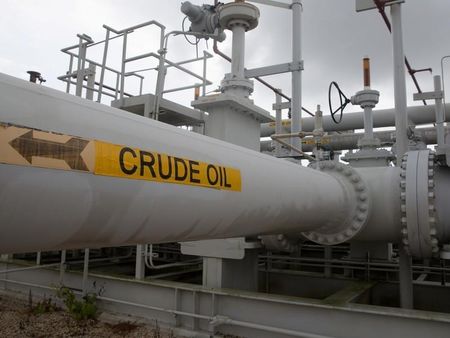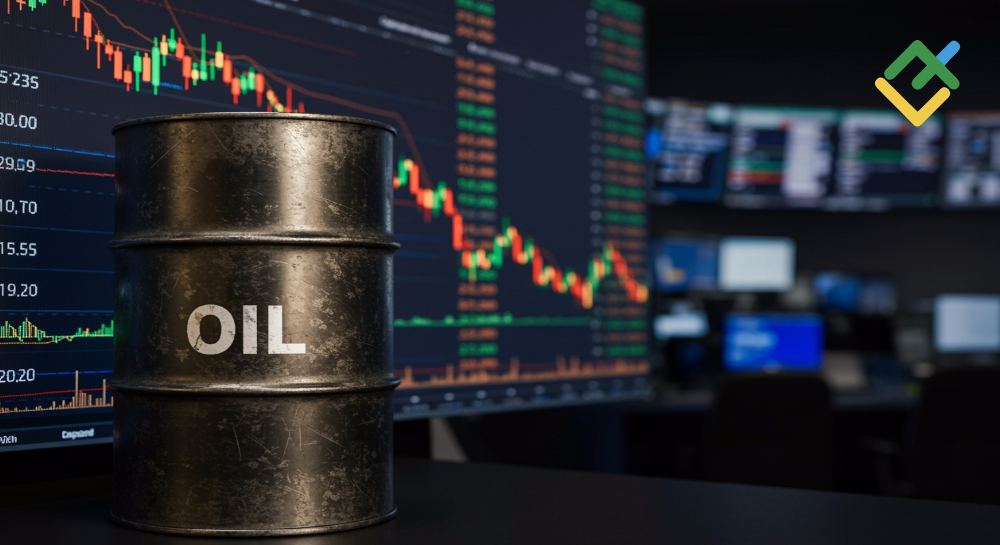
Investing.com– Oil prices fell in Asian trade on Thursday amid pressure from a stronger dollar as traders grew uncertain over the path of inflation and interest rates, while a surprise build in U.S. inventories ramped up concerns over sluggish demand.
Crude prices also faced some profit-taking after fears of supply disruptions in Russia and the Middle East drove strong gains through June.
Brent oil futures expiring in August fell 0.4% to $84.91 a barrel, while West Texas Intermediate crude futures fell 0.4% to $80.56 a barrel by 21:05 ET (01:05 GMT).
US inventories unexpectedly grow, gasoline inventories surge
U.S. oil inventories grew about 3.6 million barrels (mb) in the week to June 21, government data showed last week. The reading largely overshot expectations for a draw of 2.6 mb.
More worrying was a 2.7 mb build in gasoline inventories, which indicated that fuel consumption remained weak even with the onset of the travel-heavy summer season.
The inventory build ramped up concerns that U.S. fuel demand was slowing, especially as the country grapples with sticky inflation and high interest rates.
Strong dollar weighs on oil, economic cues awaited
A strong dollar– which hit a two-month high- weighed on oil prices this week, as traders remained biased towards the greenback before more key economic cues from the U.S. this week.
A revised gross domestic product reading for the first quarter is due later on Thursday.
More closely watched will be PCE price index data, which is the Federal Reserve’s preferred inflation gauge. The reading is due on Friday and is likely to factor into the outlook for interest rates.
Markets were also looking to the first U.S. Presidential debate, which is set to take place between Democrat and Republican front-runners Joe Biden and Donald Trump later on Thursday.
But despite some weakness this week, oil prices were sitting on a 4% bounce through June, as traders attached a greater risk premium to crude amid geopolitical ructions in Russia and the Middle East.
Steady supply cuts by the Organization of Petroleum Exporting Countries and allies (OPEC+) are also set to buoy crude in the coming months.
This post is originally published on investing.com.




